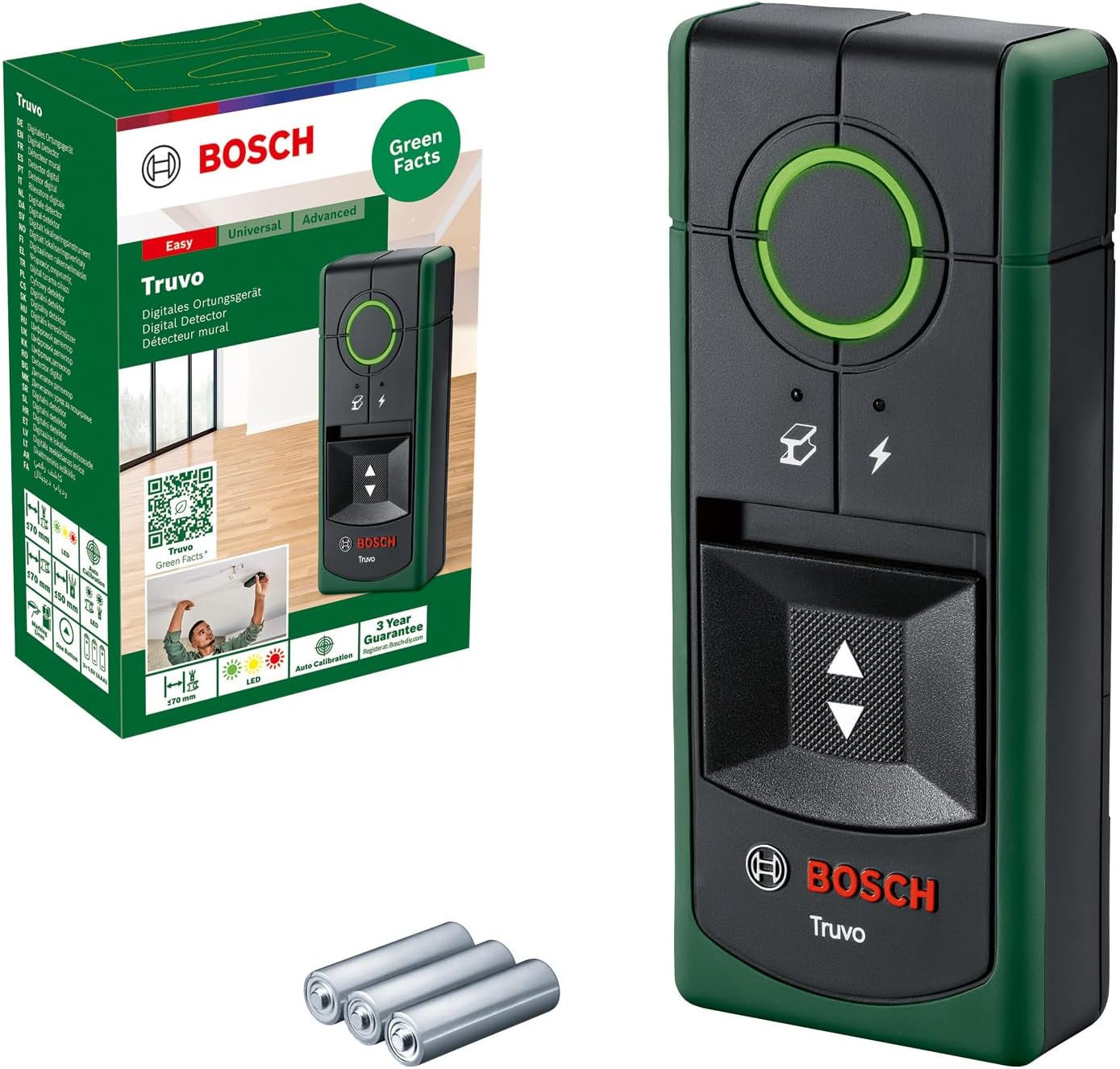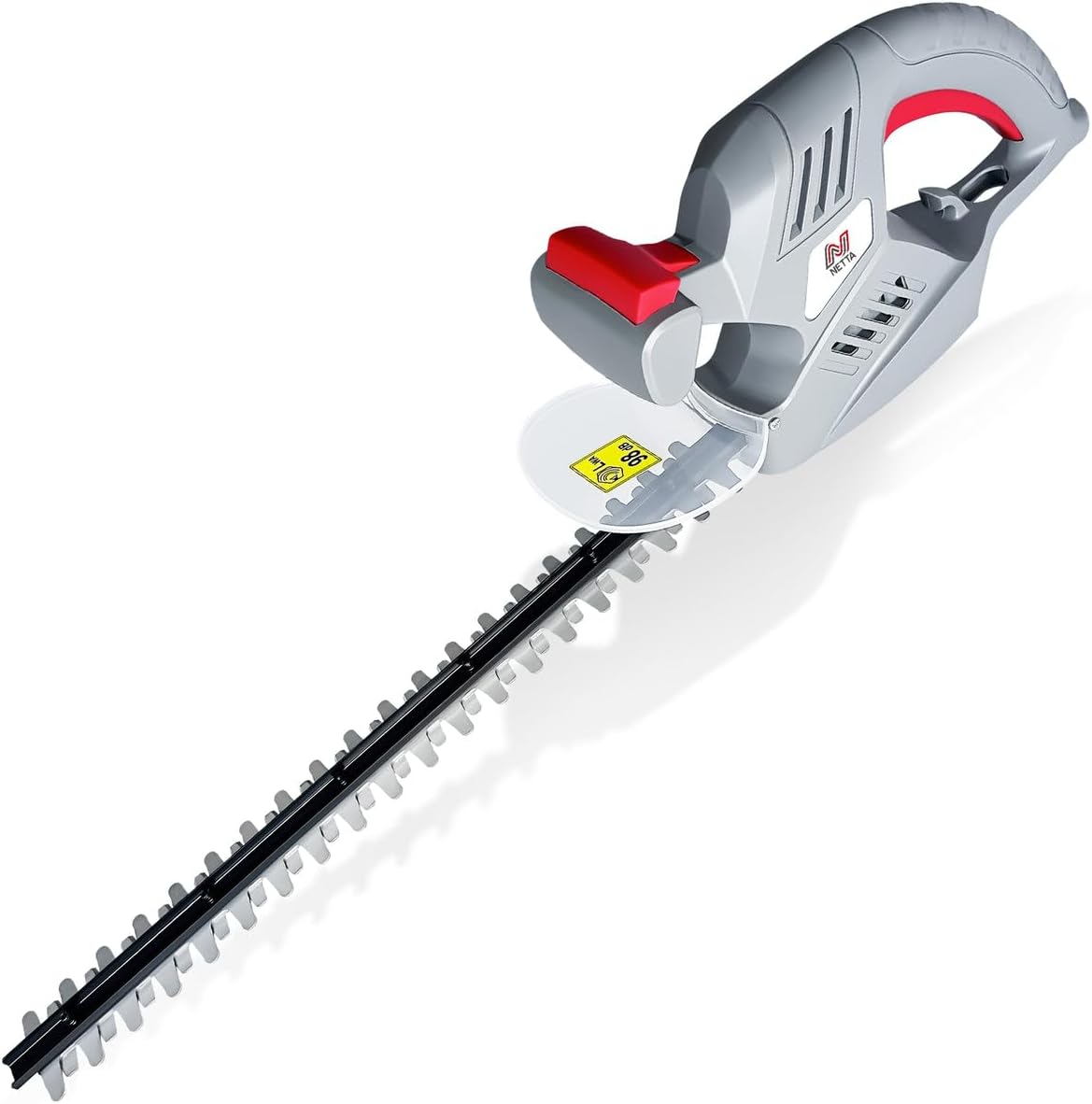
If you’ve ever wondered what type of paint to use on metal surfaces, look no further! This article will provide you with the answer you’ve been seeking. Whether you’re looking to revamp a metal gate, spruce up an old piece of furniture, or add a pop of color to a metal sculpture, choosing the right paint is crucial for achieving a long-lasting and professional finish. So, let’s dive into the world of metal paints and discover the perfect choice for your next project.

Factors to Consider
When it comes to painting metal surfaces, there are several factors that you need to consider in order to achieve a successful and long-lasting paint job. These factors include surface preparation, temperature and humidity, type of metal, and intended use. By taking these factors into account, you can ensure that the paint adheres properly to the metal surface and provides the desired protection and aesthetic appeal.
Surface Preparation
Surface preparation is a crucial step in painting metal surfaces. Before you can begin painting, it is important to ensure that the surface is clean, smooth, and free from any contaminants. This can be achieved by cleaning the metal surface thoroughly and removing any dirt, grease, or rust. Sanding the surface can help to create a smooth and even surface, allowing the paint to adhere properly. Additionally, applying a primer before painting can enhance the adhesion of the paint and provide better durability.
Temperature and Humidity
The temperature and humidity of your environment can also have a significant impact on the outcome of your paint job. It is generally recommended to paint metal surfaces in temperatures between 50°F to 90°F (10°C to 32°C), as extreme temperatures can affect the drying time and adhesion of the paint. High humidity levels can cause the paint to dry slowly and may result in a poor finish. Therefore, it is important to consider the weather conditions and choose an appropriate time to paint your metal surface.
Type of Metal
Different types of metals may require different types of paint in order to achieve the best results. For example, aluminum surfaces may require a specific type of paint that is designed to adhere to the smooth surface of the metal. On the other hand, steel surfaces may require a paint that provides rust prevention properties. It is important to consider the specific characteristics of the metal you are working with and choose a paint that is suitable for that particular metal.
Intended Use
The intended use of the painted metal surface should also be taken into consideration when choosing the type of paint. If the metal surface will be exposed to harsh weather conditions or heavy use, it is important to select a paint that is durable and provides good resistance against corrosion, fading, and chipping. On the other hand, if the metal surface is for decorative purposes and will be protected from the elements, a paint with a higher level of aesthetic appeal may be the preferred choice.
Types of Paint for Metal
Now that you have a better understanding of the factors to consider when painting metal surfaces, let’s take a closer look at the different types of paint that are commonly used for metal.
1. Oil-based Paints
Oil-based paints are a popular choice for painting metal surfaces due to their durability and excellent adhesion properties. These paints are known for their ability to provide a smooth and glossy finish, making them ideal for both indoor and outdoor applications. Oil-based paints also offer good resistance against rust and can withstand harsh weather conditions. However, they have a longer drying time compared to other types of paints and may emit strong fumes during the application process.
2. Acrylic Paints
Acrylic paints are another commonly used option for painting metal surfaces. These paints are water-based and are known for their fast drying time and low odor. Acrylic paints provide good adhesion to metal surfaces and offer a wide range of colors and finishes to choose from. They are also more environmentally friendly compared to oil-based paints. While acrylic paints offer good resistance against fading, they may not be as durable as oil-based paints when it comes to withstanding extreme weather conditions.
3. Enamel Paints
Enamel paints are highly durable and provide a hard and glossy finish, making them a popular choice for metal surfaces that require a high level of protection. These paints are typically solvent-based and provide excellent resistance against abrasion, chemicals, and weathering. Enamel paints also offer good adhesion to metal surfaces and provide a smooth and even finish. However, they can be more challenging to apply compared to other types of paints and may require the use of a primer.
4. Epoxy Paints
Epoxy paints are known for their exceptional durability and resistance against corrosion, chemicals, and moisture. These paints are commonly used for industrial applications where metal surfaces are exposed to harsh conditions. Epoxy paints offer excellent adhesion properties and provide a smooth and high-gloss finish. They are also available in a wide range of colors. However, epoxy paints can be more difficult to apply compared to other types of paints and require careful surface preparation.
5. Rust Preventative Paints
Rust preventative paints are specifically designed to provide maximum protection against rust and corrosion. These paints are ideal for metal surfaces that are prone to rust, such as iron or steel. Rust preventative paints often contain rust inhibitors and can provide long-lasting protection even in the most challenging environments. These paints are available in various finishes, including matte, satin, and glossy. However, it is important to ensure that the metal surface is properly prepared before applying rust preventative paint for optimal results.
Paint Application Techniques
Once you have chosen the type of paint that is suitable for your metal surface, it is important to consider the different paint application techniques that are available. The technique you choose can affect the overall appearance and durability of the paint job. Let’s explore some common paint application techniques for metal surfaces.
1. Brushing
Brushing is perhaps the most traditional and widely used method for applying paint to metal surfaces. This technique involves using a brush to manually apply the paint in even strokes. Brushing allows for better control and precision, making it suitable for smaller or intricate areas. It is important to use high-quality brushes with the appropriate bristle type for the best results. However, brushing may require more time and effort compared to other techniques and may result in visible brushstrokes.
2. Spraying
Spraying is a popular paint application technique for larger metal surfaces or areas that require a smooth and uniform finish. This technique involves using a paint sprayer or aerosol can to apply the paint in thin and even layers. Spraying allows for faster coverage and can result in a more professional-looking finish. It is important to adjust the spray pattern and pressure according to the specific requirements of the paint and surface. However, spraying may require proper ventilation and protective gear to minimize overspray and ensure safety.
3. Rolling
Rolling is commonly used for painting metal surfaces that are flat or have a larger area to cover. This technique involves using a paint roller to apply the paint in a rolling motion. Rolling allows for quick and efficient coverage and can result in a smooth and even finish. It is important to use a high-quality roller cover that is suitable for the type of paint being used. However, rolling may not be suitable for surfaces with intricate details or tight corners.
4. Dipping
Dipping is a technique that is often used for painting small metal parts or objects. This method involves immersing the metal object into a container of paint or using a dipping process that involves dipping the object into a tank of paint. Dipping allows for quick and even coverage and can result in a consistent finish. It is important to ensure that the paint is properly mixed and the object is cleaned and prepped before dipping. Dipping may not be suitable for larger metal surfaces or areas that require specific detailing.
Preparing the Metal Surface
Before you begin the painting process, it is important to properly prepare the metal surface to ensure the best possible results. Proper surface preparation involves cleaning, sanding, and applying a primer.
1. Cleaning
Cleaning the metal surface is the first step in preparing it for paint. It is important to remove any dirt, dust, grease, or rust from the surface. You can use a mild detergent or degreaser to clean the surface, followed by rinsing with clean water. For surfaces with rust, you may need to use a wire brush or sandpaper to remove the rust completely.
2. Sanding
Sanding the metal surface can help create a smooth and even surface, allowing the paint to adhere properly. Use a fine-grit sandpaper or sanding block to remove any roughness or imperfections on the surface. Sand in the direction of the metal grain to avoid creating scratches. After sanding, wipe away any dust or debris with a clean cloth or tack cloth.
3. Primer Application
Applying a primer is an important step in the painting process, as it enhances the adhesion of the paint and provides better durability. Choose a primer that is specifically designed for metal surfaces and follow the manufacturer’s instructions for application. Use a brush, roller, or sprayer to apply an even coat of primer to the metal surface. Allow the primer to dry completely before applying the paint.
Painting Tips
To achieve the best possible results when painting metal surfaces, consider the following tips:
1. Thin Coats
It is recommended to apply multiple thin coats of paint rather than one thick coat. Thin coats allow for better control and adhesion, resulting in a smoother finish. Allow each coat to dry completely before applying the next one.
2. Allow Proper Drying Time
Ensure that each coat of paint is allowed to dry completely before subjecting it to any contact or exposure. Follow the manufacturer’s instructions for the recommended drying time. Rushing the drying process can lead to poor adhesion and an uneven finish.
3. Use Protective Gear
When working with paints and chemicals, it is important to prioritize safety. Wear protective gear such as gloves, safety goggles, and a mask to protect yourself from any potential hazards. Working in a well-ventilated area can also help minimize exposure to fumes.
Maintenance and Care
Even after you have successfully painted your metal surface, it is important to implement proper maintenance and care to ensure its longevity and appearance.
1. Regular Cleaning
Regularly clean the painted metal surface to remove dirt, dust, and other debris. Use a mild detergent and a soft cloth or sponge to gently clean the surface. Avoid using harsh chemicals or abrasive materials that may damage the paint.
2. Touch-up Paint
If you notice any chips, scratches, or areas of paint wear, it is important to address them promptly. Use touch-up paint that matches the original color and apply it carefully to the affected areas. This will help maintain the appearance and protection provided by the paint.
3. Rust Prevention
For metal surfaces that are prone to rust, it is important to implement preventive measures. Regularly inspect the painted surface for any signs of rust and address them immediately. Applying a rust preventative paint or coating can help protect the metal surface from corrosion.
By considering the factors such as surface preparation, temperature and humidity, type of metal, and intended use, choosing the right type of paint, applying it using the appropriate technique and preparing the metal surface properly, you can achieve a successful and long-lasting paint job on metal surfaces. With proper maintenance and care, your painted metal surface can continue to provide protection and aesthetic appeal for years to come.
Read our Review on Rust-Oleum Universal Paint
Disclaimer: The “How-To” guides provided on this website are for general informational purposes only. While we strive to provide accurate and up-to-date information, we cannot guarantee its applicability to your specific situation or project. Every task and circumstance is unique. Always seek advice from a qualified professional or expert before starting any project. Use our guides as a reference point and not as the sole source of instruction. We do not accept any liability for damages or injuries resulting from the use of information provided in our guides.











